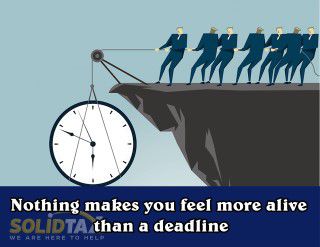From March 18, 2020, the Canada Revenue Agency will recognize electronic signatures to reduce the necessity to meet in person in tax preparation during the COVID-19 outbreak.
To provide greater flexibility to our clients, we can get your tax return done by phone and emails. Please follow the steps below.
1. Book a phone call appointment with us.
2. We will call you at the appointment time.
3. You can ask us questions on the phone, while we will prepare your tax return and tell you the results.
4. We email you the signature form, which you can sign electronically. You can pay us by etransfer (info@incometaxottawa.ca) or by credit card (provide credit card number and expired day), and we will efile your tax return.
If you are a returning client, we should have your info on our system.
If you are a new client, you will need to provide your personal info(address, date of birth, SIN ectc.)
Most of tax slips(T4, T5, T4A ectc.) should be available on the CRA system, which we should be able to access. But some slips may not be reported on the CRA system yet, so please still try to gather your tax docs to make sure we have all your info for your tax return.
If you have advance tax return (business, rental income, moving expenses ect.), please use the checklists on our website to organize your info.
Our office is still open everyday from 9am-7pm.
Thanks and take care!






